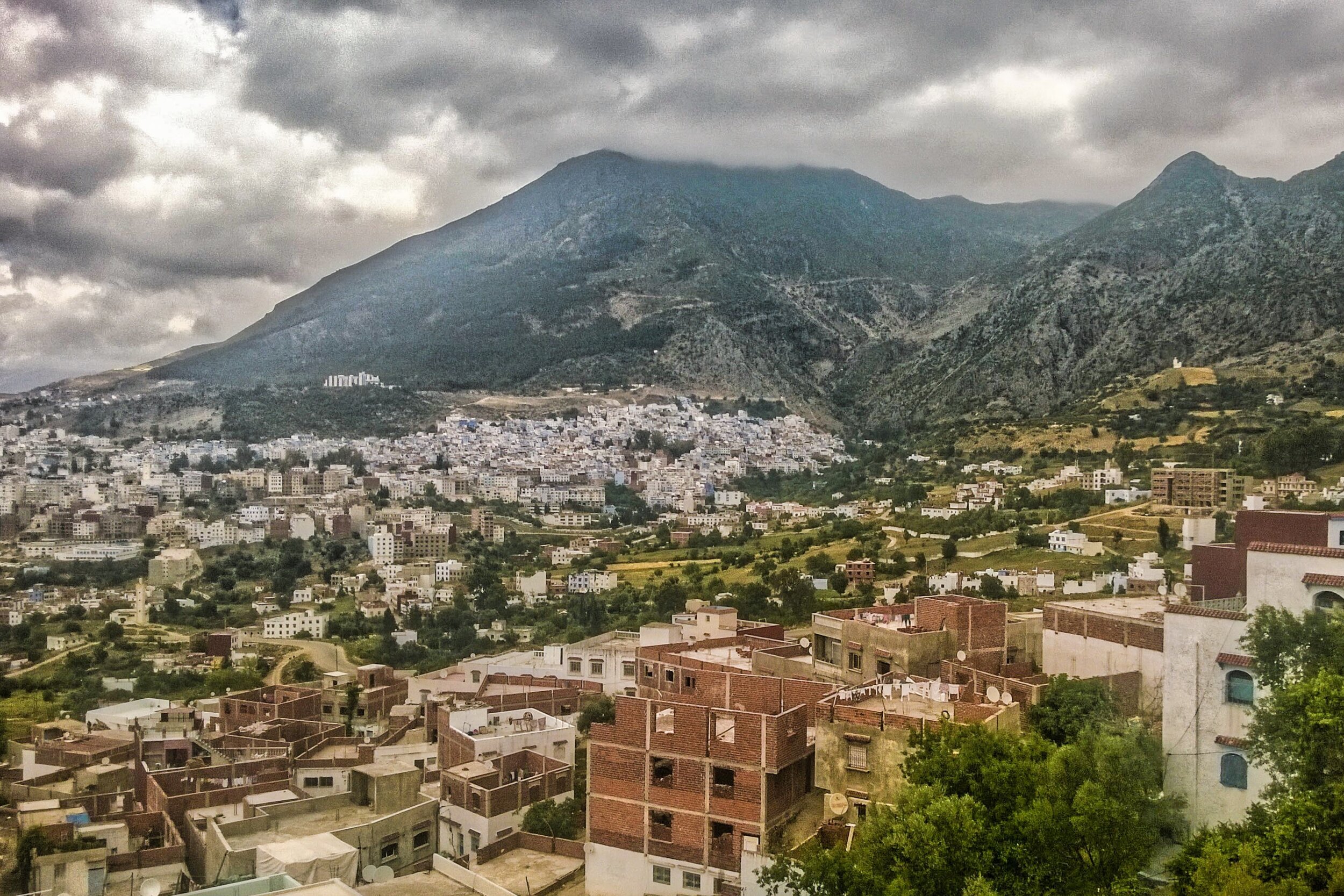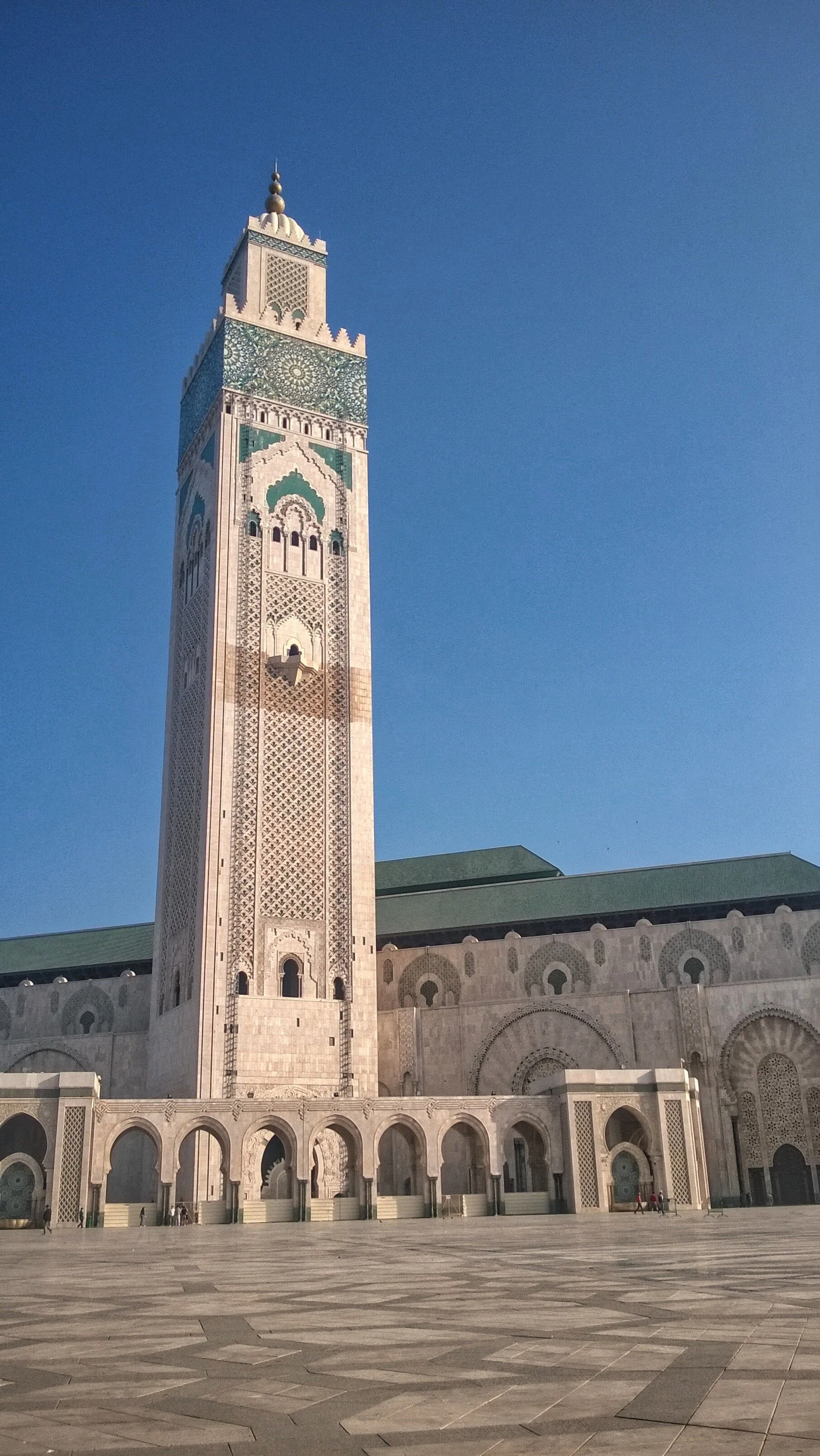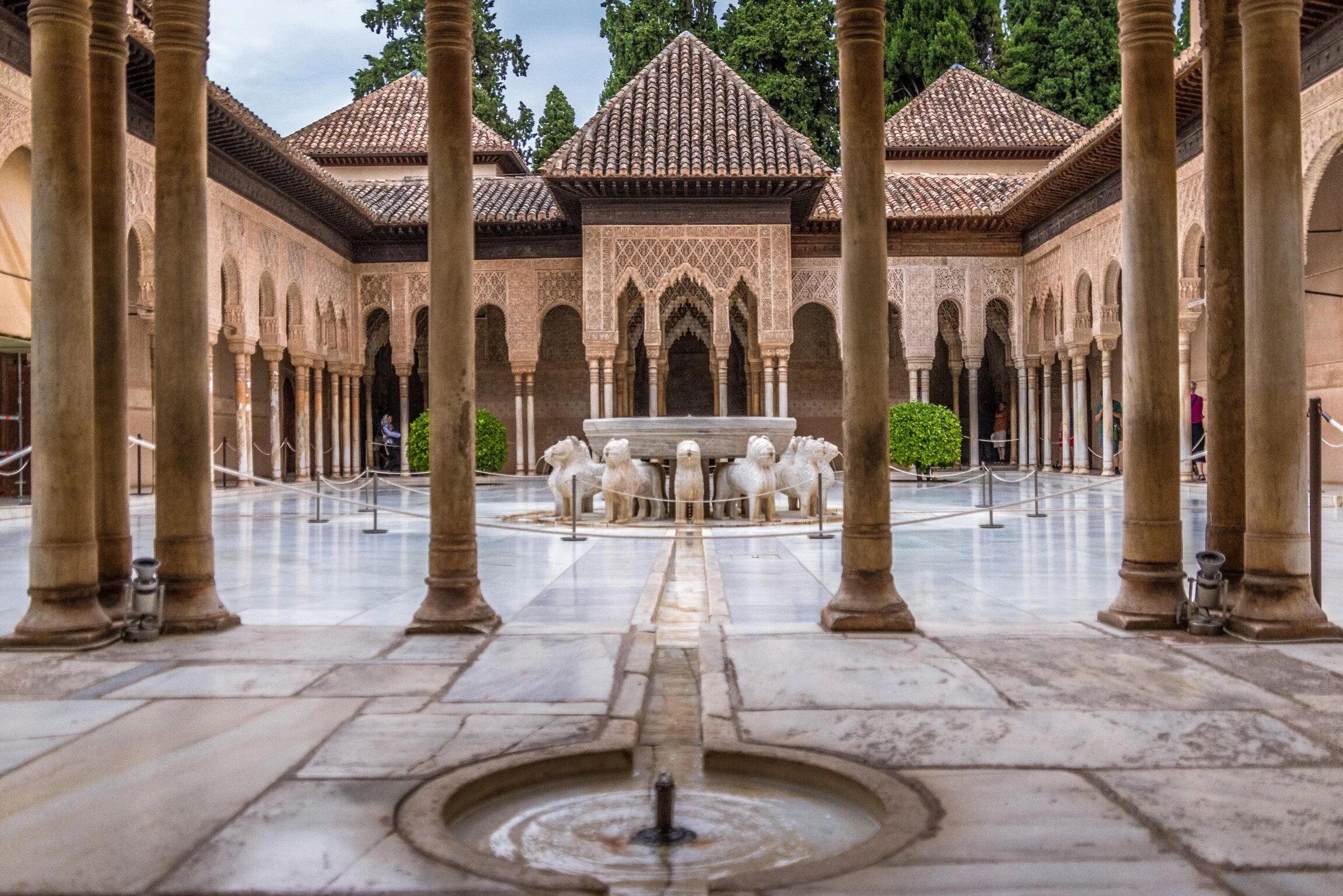Lessons in Coexistence from Morocco and Spain
Atlas Mountains, Chefchaouen, Morocco - 2014
A big opportunity came to me in 2013 when I got the offer to travel to Morocco and Spain for two weeks through a study abroad program in college. I jumped on it. After a few email exchanges, I was accepted into the program and set to take off in May of 2014. But before I could go, I had to take part in a mandatory history course called The Medieval Mediterranean.
The subject of the course was La Convivencia, which in Spanish means ‘coexistence.’ The whole thing was about living together peacefully and accepting others’ differences. But why was this the focus of the course?
The trip in 2014 started in Casablanca on Morocco’s Western Coast and it was all culture shock. There we met our tour guide, Mouhsine. He was an energetic Moroccan who was just a few years older than our group of students, yet clearly very experienced at his job. He was always smiling and ready to answer with quick and clever responses, all while being very knowledgable. A natural-born tour guide, and the best I’ve ever had.
Casablanca was a bit of an empty city, but the main reason for going there was to see the Hassan II Mosque, the seventh largest mosque in the world. It’s a stunningly beautiful example of Islamic art and architecture and the perfect introduction to Morocco.
Hassan II Mosque - 2014
The next two stops were all about Moroccan markets in the cities of Meknes and Fez. The market in Fez was much bigger than in Meknes, and it was so easy to get lost in the labyrinth.
Known as medinas, Moroccan markets are something unique and special. The smell of North African spices will hit you hard. Shop owners frequent the overcrowded streets, enticing tourists with colorful paintings, rugs, and clothes. You can bargain here and bargain hard. As you browse, shady men will offer you hashish, basically Moroccan marijuana. You’ll hear the chaotic sounds of chickens in cages, ready to be eaten.
And then, there are the donkeys pulling carts. These tireless workers will charge down the narrow streets in the medina, ready to run over anything in their path. The secret word to alert everyone around you is “Balak!” If you hear it, get out of the way fast. A donkey is coming! It could probably kill you.
If you can find your way out of the medina, you’ll come to an open square with street performers. In the square, you might see a man who apparently woke up one day and decided to throw snakes around for a living. It’s a Moroccan spectacle, straight from the North African desert to the city streets.
The next stop for us was The Blue City, Chefchaouen. It’s an incredibly striking city nestled just outside the Atlas Mountains. This city has been an artistic hub for years, and what I remember the most is overlooking the dry Moroccan landscape, sipping Moroccan mint tea and waiting for a hot bowl of tagine (Moroccan stew) to share with the group. Chefchaouen was painted blue so many years ago by Jewish refugees, who had escaped the Spanish reconquest of Andalusia in Southern Spain and relocated to North Africa. The reconquest in 1492 is what broken coexistence looks like, but it wasn’t always that way.
The tour group made its way to the northern tip of Morocco, Tangier. Here, we boarded a ferry to cross the Mediterranean into Andalusia, Spain. The Spanish and Moroccan cultures aren’t very far apart, and that’s very obvious when you reach Andalusia.
If you know about Spain, you know about Andalusia. Today it’s a hot tourist destination, but a long time ago it was one of the most advanced places in Medieval Europe. While most of Europe was dealing with horrible things like famine and the plague, Andalusia was a thriving center of culture, art, and science in cities like Seville, Granada, and Cordoba. Yet maybe the most interesting thing about this region was La Convivencia, religious tolerance between Moors, Christians, and Jews.
The Mezquita, Cordoba, Spain - 2018
At a time of intense war and conquest between religious groups, the city of Cordoba was a shining example of coexistence between people of different beliefs. If you go there today, you can walk around the old and well-preserved Jewish quarter to see their influence on the city. If you go to The Mezquita, you will see an architectural wonder. It’s a spectacular building that’s a cathedral and mosque in one. Cordoba itself is a wonderful mix of the three religions that have historically been a part of this region.
The Mezquita, Cordoba, Spain - 2018
La Convivencia ended in 1492 when the Spanish reconquered the city of Granada, forcing the Jews and Moors out of the city and into North Africa. The last defense was the Moorish palace, The Alhambra. During the trip, we walked into The Alhambra on a guided tour, and learned about the major events that had taken place there, including where Christopher Columbus got permission from Ferdinand and Isabella to sail across the Atlantic.
However, as the trip came to an end after one week in Morocco and one week in Spain, we came away with the idea that it’s possible to live among each other while still being tolerant of others’ beliefs. Seeing the Andalusian blend of Jewish, Muslim, and Christian influence was proof that coexistence is possible, and I think that’s an important lesson we can all learn as we face an increasingly globalized world in 2020.
I went back to Andalusia in 2018 to explore more of Spain’s history, and that blog post will be coming in the future.
The Alhambra, Granada, Spain - 2018





